This post is part of a larger deep dive
Curious about the role of free-association and the Activation-Synthesis Theory in The Elephant Celebes? Check out The Elephant Celebes Explained!
Or read the full The Elephant Celebes article!
This post is part of a larger deep dive
Curious about the role of free-association and the Activation-Synthesis Theory in The Elephant Celebes? Check out The Elephant Celebes Explained!
Or read the full The Elephant Celebes article!
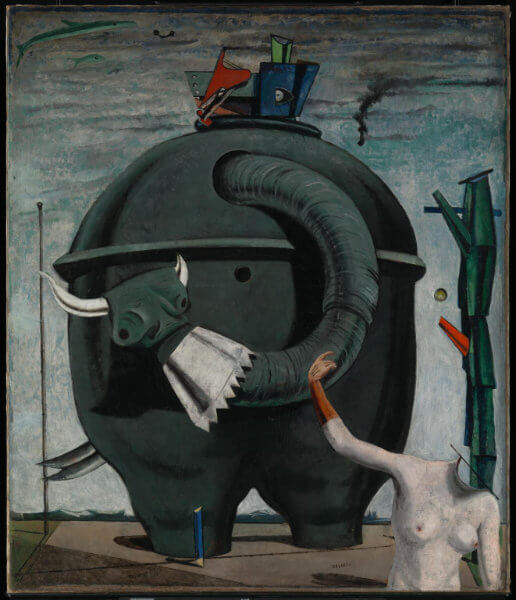
As with most surrealists in the early and mid 20th century, Ernst had a penchant for psychoanalysis. Thus, it isn’t a stretch to believe that he made use of techniques that had been developed by Freud and his followers.
The free-association technique seems like a good candidate. You can do it on yourself, it is relatively easy to employ, you can get quick results, and, more importantly for the present article, you can use it as a means to interpret dreams.

Remember, The Elephant Celebes is considered one of the earliest examples of surrealistic painting. His predecessor, Giorgio de Chirico, began painting empty and dreamlike city squares with strange combinations of objects. De Chirico is often quoted as one of Ernst’s greatest influences, and we can easily see that influence in The Elephant Celebes.
For starters, the bust of the decapitated female mannequin is reminiscent of de Chirico’s faceless or headless mannequins (see right figure above). Likewise, the surgical glove is a recurring element in surrealistic art, and is also depicted in de Chirico’s paintings (e.g., The Song of Love; see left figure above), where it has been interpreted as symbolising human absence.
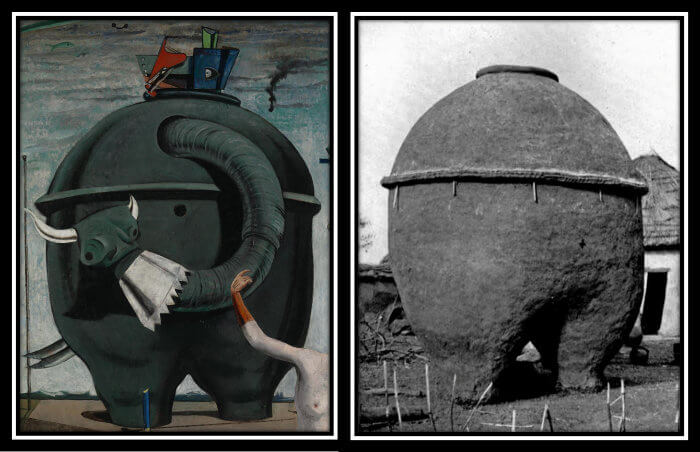
For the primary central element of the painting, the mechanical monster, Ernst drew inspiration from a photograph of a clay corn bin (a barrel used for storing corn) from the southern Sudanese Konkombwa people that he had come across in an anthropological journal (see figure above).
Art experts often mention at least two possibilities for the identity of the monster: an elephant, given the trunk-like appendage, or a bull, given the horns at the end of the trunk.
You might think that since the composition is called The Elephant Celebes, it is reasonable to assume it is an elephant.
However, the title comes from an old German satirical verse:
| German text (original) | English text (translation) |
|---|---|
| Der Elefant von Celebes hat hinten was Gelebes | The elephant from Celebes has something yellow on his buttocks |
| Der Elefant von Borneo, der hat dasselbe vorneo. | The elephant from Borneo has the same thing in front. |
| Der Elephant von Sumatra, der vögelt seine Großmama. | The elephant from Sumatra always shags his grandma |
| Der Elefant von Indien, der kann nicht das Loch findien. | The elephant from India can never find the hole. |
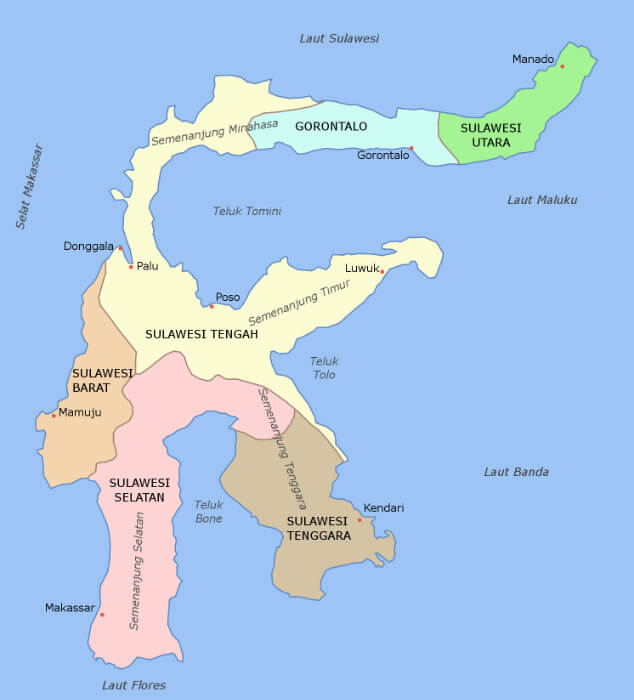
There is also an Indonesian island called Sulawesi which is also known as Celebes and has the shape of an elephant when viewed from above (see figure above).
From then on, Ernst may have relied on free-association from his own dream(s), as the painting is notoriously hard to decipher. For instance, he could have dreamed about planes that looked like fish, crashed in the desert where a totem-like sculpture had been erected.
Psychoanalysts employ the free-association technique to explore associations that reveal the inner workings of their patients’ (unconscious) minds. In reality, however, what Ernst put on the canvas is most likely only fragments of the contents of his dreams.
Therefore, a complete psycho-dynamic interpretation of his work would probably turn out to be a fool’s errand, even for the most skilled analyst.
I spent a great deal of time explaining the activation-synthesis hypothesis, which essentially proposes that dreams images are simply the brain trying to make sense of erratic (and mostly random) activity emanating from the brain stem during REM sleep (see section Dreaming as random thoughts).
You may find it weird that, out of all dream theories, I chose one which completely disregards dream content. After all, most dream analysts are fervent believers that dreams cannot be random, they must contain messages from the unconscious, they must have meaning.
Allan Hobson, one of the proponents of activation-synthesis hypothesis, was very critical of Freud and his theory of dreams, coining phrases such as “Freud was 50% right and 100% wrong”.
Now, how is this relevant in interpreting the Elephant Celebes?
If the activation-synthesis hypothesis is correct (and there is evidence to suggest it is), then the idea that there is an unconscious message in our dreams is utter nonsense.
There is no hidden message.
Fragments of the dream can indicate some current emotional states because brain activity resulting from the random firing of the neuronal populations in the brain stem propagates to the emotional and memory centers of the brain.
However, the often illogical stories we dream are simply our brains’ attempt to piece together activity that happened to come from this or that area of the brain.
Consequently, according to the activation-synthesis hypothesis, doing free-association on dreams will logically lead to a random story, which by definition is uninterpretable.
Since Ernst probably used free-association in combination with dream imagery, the end result may have been something so outlandish and random that there is no point in trying to link the different elements of the Elephant Celebes into a logical narrative.
Not the analysis you were looking for, I know.
However, I’d like to point out that it is a real possibility that dreams may not mean anything at all, as the activation-synthesis hypothesis seems to suggest.
In my view, psychoanalysis will still need to convincingly be able to rebut this hypothesis. If it turns out it cannot, then making sense of a painting (or any other work for that matter) solely based on the artist’s dreams would be a rather futile task.
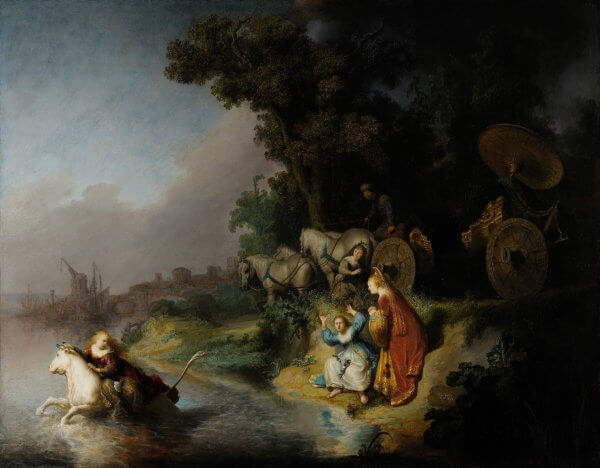
I would not want to end this article leaving you disappointed and without a “proper” interpretation of Ernst’s most famous work. I have to admit though that I’m not particularly convinced by any of the following interpretations, but here it goes anyway.
If we assume that the end of the trunk of the mechanical monster is indeed a bull, then the mannequin could represent princess Europa.
According to Greek mythology, Zeus, infatuated by Europa, decides to transform itself into a white bull. One day, Europa sees the bull and mounts on it. Zeus runs away with her on top, and later reveals his true identity to Europa, who then became the first queen of Crete.
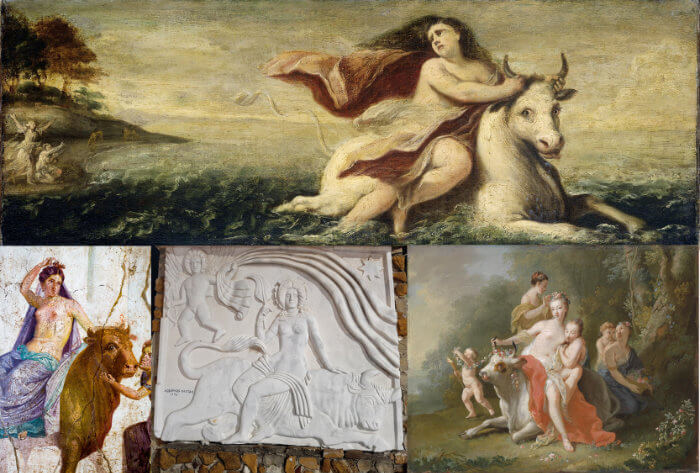
In classical art, Europa is often depicted naked (or semi-naked) with one raised arm, just as the mannequin in Ernst’s work.
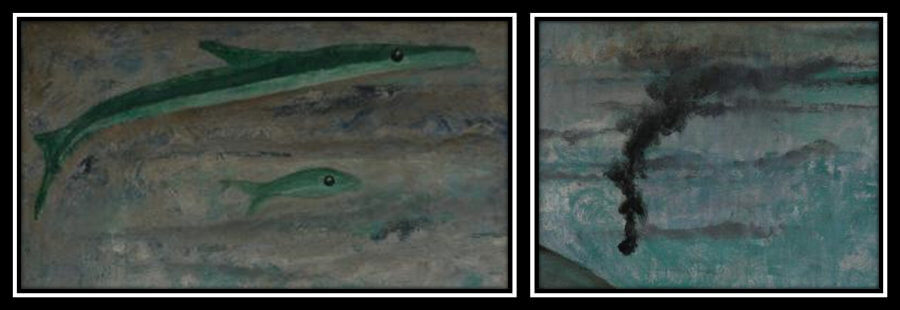
The flying fish could be easily mistaken by planes. The smoke could indicate the smoke emanated from a downed plane.
The Elephant Celebes was painted not long after the end of World War I, a war that Ernst fought as a soldier for four years. This experience was very traumatic to him, so some art analysts have suggested that these two elements may represent an allusion to war.

Moreover, one could probably see the similarities of the mechanical elephant with a military tank. For example, the round circular opening could indicate the same opening seen in some WWI tanks (see above), the trunk of the elephant could represent the tank gun, and the head of the elephant the periscope (what is used to observe the surroundings; see figure above).
Also, note how the decapitated mannequin seems to be inviting the mechanical monster. Maybe the decapitation is another allusion to the war – sadly, a sighting Ernst probably witnessed often in the battlefield.
All in all, those two aspects (Zeus’ abduction of Europa and the WWI symbolisation) could indicate Ernst’s wish to represent death and destruction with this painting.

There is also no shortage of psychoanalytical analysis of certain elements in the painting.
For example, some suggest that the totem-like sculpture is a phallic symbol (erected penises perhaps?). This sculpture resembles the towers from another of Ernst’s paintings, The Hat Makes the Man, where Ernst clipped and pasted illustrations from advertisements on the painted towers (see figure above).
Because The Hat Makes the Man had clearly been inspired by Freud’s work (who thought the hat was a symbol of male genitalia), it is reasonable to conclude that the same inspiration was at work in The Elephant Celebes.
Finally, there is also a sort of a coin next to the red branch of the tree sculpture. I have read a suggestion that maybe the coin is supposed to be pushed into the hole of the mechanical elephant’s circular opening with the vertical pole – perhaps symbolic copulation?
The Elephant Celebes appears to reflect both active thinking and random imagery. For instance, Ernst appears to have used actual photos for the mechanical monster, and there are a few obvious connections with other surrealistic works (such as de Chichiro’s The Song of Love). However, the combination of elements are so nonsensical that they defy interpretation, so most of the painting remains undecipherable.
Some of you will feel my analysis unsatisfying. Some will try to assign meaning to each and every element of the composition (I mention some of these meanings in the section Some interpretations).
But, let’s be honest. Every single one of us could come up with a justification for why Ernst painted this element like one or the other way. Maybe the flying fish represent planes? Maybe Ernst really liked to eat fish? Maybe he was fishing, and that gave him the idea to paint the fish? Maybe the fish symbolise phalluses? Maybe the two fish represent Ernst and his father? I could go on…
My point is, without a linking theme that connects the different elements, trying to interpret those elements is pointless, as they can have a multitude of interpretations.
Alas, Ernst gave no clues whatsoever what those elements may represent, which led me to conclude that he simply couldn’t, since the work is mostly the result of random thoughts and images.
One aspect seems consensual though. Like most of his contemporary surrealists, Ernst appears to have explored with dream imagery, probably even his own. Indeed, doing free-association using dreams would seem like a seductive approach in the early 20th century, when Freud theories were in vogue (and controversial).
Playing the devil’s advocate, if dreams are nothing but our brain’s attempt to interpret random signals from the brain stem, as some empirical evidence suggests, then doing free-association on this information can only result in a meaningless, jumbled-up narrative.
To me, The Elephant Celebes is really just that: a jumbled-up narrative.
It should be noted that psychoanalysts tend to reject theories of dreaming that discard any sort of meaning to the contents of dreams.
Since Ernst was a devout fan of psychoanalysis, you may find peculiar I decided to base the analysis of The Elephant Celebes on a purely neurobiological dream theory, especially since I have discussed psychoanalytical theories of dreaming in previous articles (see here and here).
However, I once had the privilege to attend a talk by Hobson (one of the founders of the activation-synthesis hypothesis I explained above), in which quite a few passionate psychoanalysts were present and who were fierce critics of Hobson’s theory. They were adamant that dreams had to have meaning and that that meaning was indeed close to Freud’s original ideas.
I have to say they did not come out on top.
You see, Hobson was in possession of actual scientific evidence, whereas the psychoanalysts could only report their beliefs, opinions and subjective experiences with their patients.
In fact, Hobson really only had to say: “OK, show me the evidence!” (he did literally say that when the psychoanalysts confronted him with questions at the end of his talk).
That said, the activation-synthesis hypothesis is by no means exempt from criticism, even in the form of scientific evidence. But the hypothesis is surely evolving as new data comes into light (see, for example, AIM).
The question is: will psychoanalysis be able to keep up?
See you in the next article!
Leave a comment
Add Your Recommendations
Popular Tags